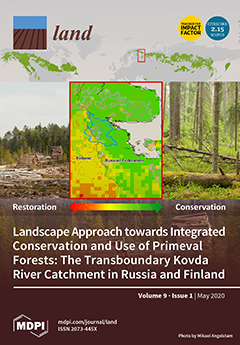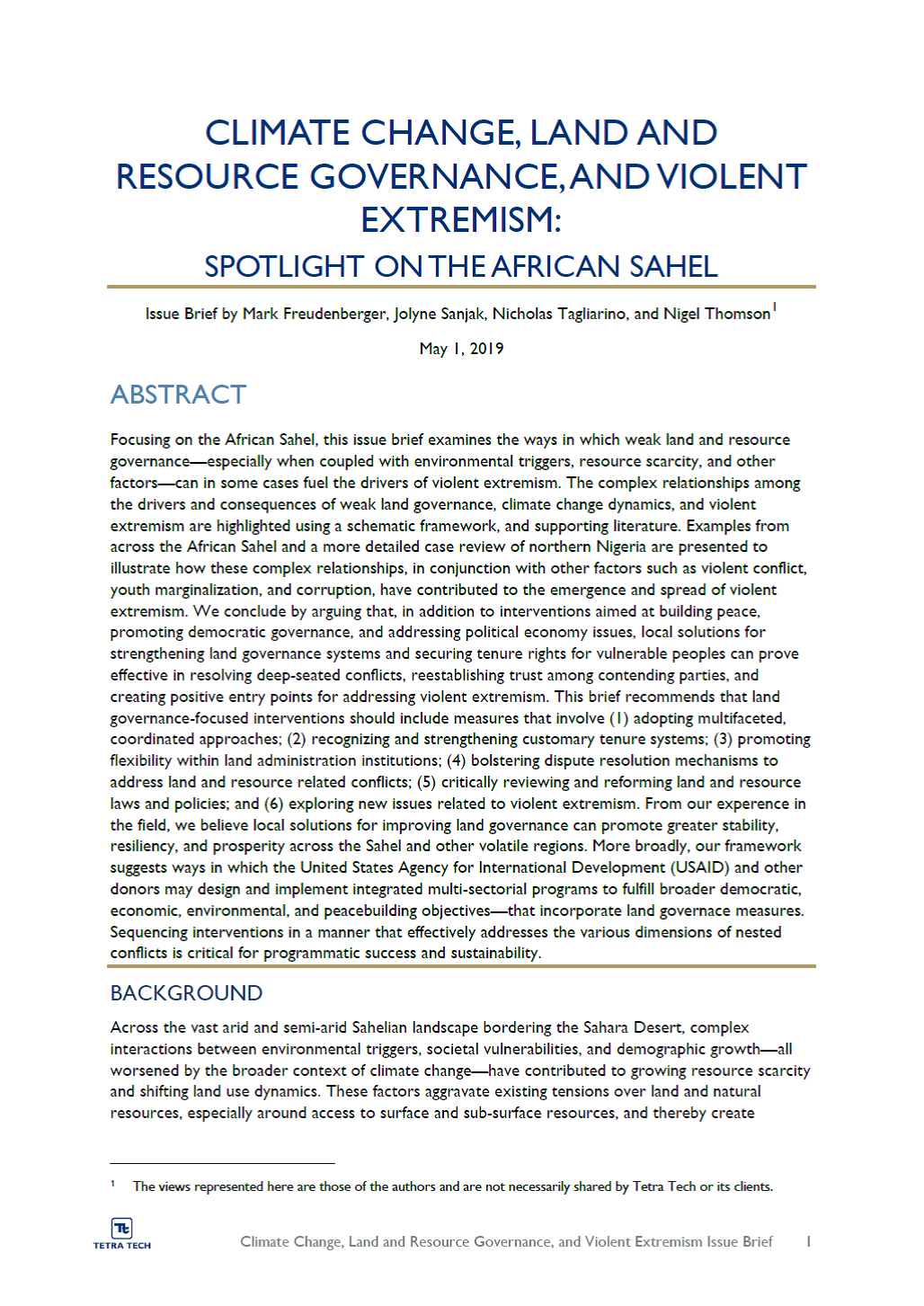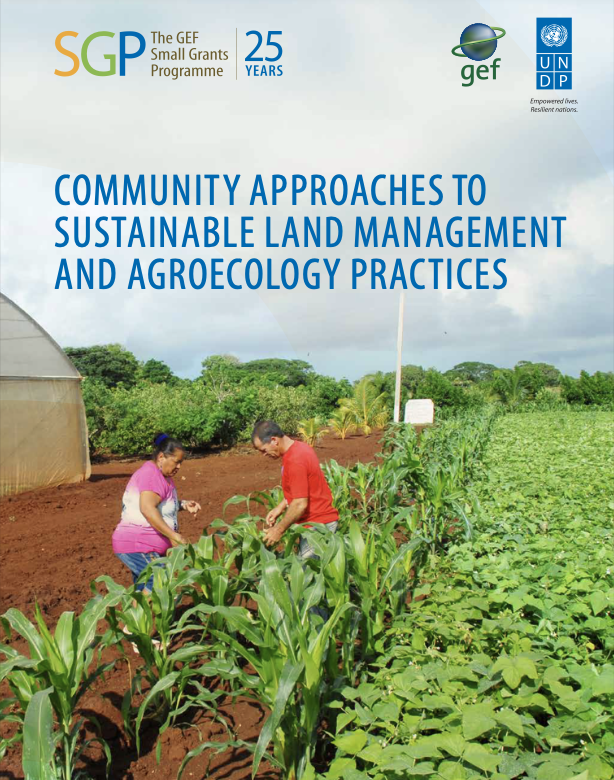‘Over the past three decades hundreds of thousands of farmers in Burkina Faso and Niger, on the fringes of the Sahara Desert, have transformed large swathes of the region’s arid landscape into productive agricultural land, improving food security for about three million people. Once-denuded…
Drylands occupy more than 40% of the world’s land area and are home to some two billion people. This includes a disproportionate number of the world’s poorest people, who live in degraded and severely degraded landscapes. The United Nations Convention to Combat Desertification states on its…
The Re-Greening of the West African Sahel has attracted great interdisciplinary interest since it was originally detected in the mid-2000s. Studies have investigated vegetation patterns at regional scales using a time series of coarse resolution remote sensing analyses. Fewer have attempted to…
Desertification is defined as land degradation occurring in the global drylands. It is one of the global problems targeted under the Sustainable Development Goals (SDG 15). The aim of this article is to review the history of desertification and to evaluate the scientific evidence for…
The support plan for the Sahel is a regional approach to collectively address the root causes of disruptions such as poverty, migration and youth unemployment, climate change, insecurity, governance and institutional issues in the region. In this report an overview of the current situation for…
Tetra Tech’s land tenure and property rights experts examine how weak land and resource governance can fuel drivers of violent extremism. With a focus on the African Sahel, this new issue brief finds this dynamic is especially prevalent when land and resource governance challenges are coupled…
The habitat of tsetse fly (Glossina spp.) depends upon climatic conditions, host availability and land cover characteristics. In this paper, the Land Cover Classification System (LCCS), developed by the Food and Agriculture Organization (FAO) and the United Nations Environment Programme (UNEP…
Feed and grazing management affect both the quantity and quality of animal manure and consequently nutrient cycling in the mixed crop-livestock systems in West Africa Sahel. Dietary measures can significantly influence the composition of manure and hence it’s agricultural value. High nutrient…
As of 2017, SGP has awarded over 3,800 small grants to land degradation projects in over 120 countries, many of which are in regions with extreme levels of poverty and food insecurity across Africa and Latin America. Africa, in particular, is experiencing the highest population growth of the…
In many countries, pastoralism has historically been practiced in areas that are now partitioned by international boundaries. This is a major barrier to sustainable resource management and to pastoral development. However, there are examples from around the world of efforts to facilitate…
The global agricultural sector today faces the double challenge of feeding a growing population while preserving the underlying natural resources of land, water and air. In the meantime, already a third of the world’s soils are degraded. Soil and nutrient management techniques aimed at restoring…









